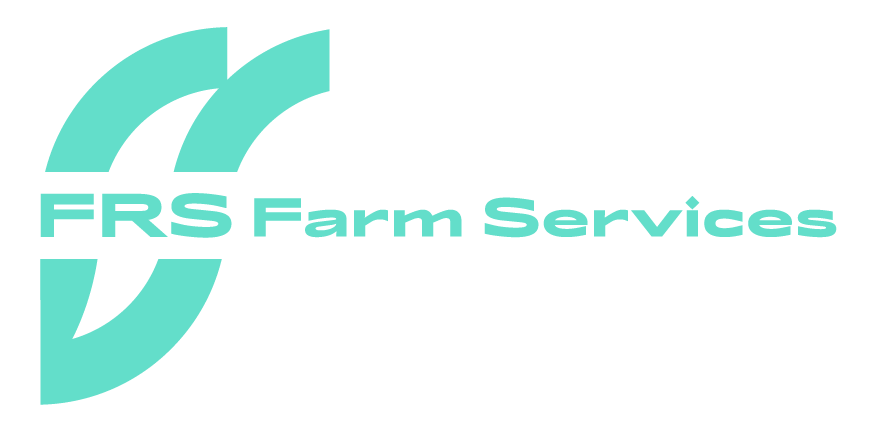With February approaching, many farmers are now getting to into the swing of their 2022 calving season. The aim with any calving season is to produce a herd of strong and healthy young animals. With already knowing the importance of the ‘Golden Hour’ for newly born calves, farmers must carry this level of care through for the coming months.
The calf rearing period starts from birth and continues till 12 weeks of age. The goal of calf rearing is for animals to be able to reach their expected target weights. Feeding is a key contributor along with general husbandry and health management. Farmers may be familiar with these principles, but it is important to prioritise them throughout the calf rearing process.
Set Achievable Targets
Farmers should set achievable targets to suit their own enterprise, but Teagasc recommends to aim to double calf birth rate by 8 weeks. For example, if a calf weighed 40kg at birth, by week 8 it would be 80kg. Broken down, over the 56 days it would be a growth rate of 700-800g/day.
Setting targets around mortality is also important. Research from Teasgasc shows that 50% of first year calf mortality occurs within the first 6 weeks. High illness and mortality rates will reduce farm profitability. Targets are personal to each enterprise, but Teagasc recommends aiming for a calf mortality rate of <3% over the 12-week period. Overall, aim for a >10% calf mortality in instance of disease.
Disease Observation and Control
Prevention of disease should be a top priority in all calving enterprises. Farmers should limit the exposure of the calf to infectious organisms and reduce risk of infection. To identify sick or potentially sick calves, farmers should set out some time for observation before and during when they feed. If farmers use farming app, Herdwatch, noting observations on the app will help simplify this process.
The farmer or calf rearer should look out for abnormal behaviour at feeding time. Do all calves get up and actively position themselves at the feeding station? Do they drink at a normal rate? Is the calf alert? If not, further inspection of the calf is need. The farmer or calf rearer may want to do a temperature check (38.5 to 39.5°C is considered normal) and observation of its faeces/for scour. Watery faecal consistency and scour may be an indicator that the calf needs electrolytes.
Respiratory illness
Respiratory illness can be common among calves but can be fatal if not treated immediately. Common signs to watch for include coughing and nasel/eye discharge. If these are present, the farmer may want to check for rapid breathing, elevated heart rate and drooping ears.
Next, check if the eyes are sucken. You can gently advert the lower eyelid to check for dehydration. If more that 2mm between the eyeball and lower lid, the calf needs more fluids. Teagasc states in severe cases of dehydration, the gums of the calf may be white and dry opposed to moist and pink. However, always check with your local vet.
Lastly, if the calf is lying down and fails to get up when gently prompted then seek help from the vet immediately. The calf may need IV fluids to help dehydration and possible acidosis, a condition where there is too much acid in the body fluids.
If a calf presents with any of the above signs or symptoms of illness, seek advice from your local vet. Keeping the young calves healthy is crucial to the overall herd performance.
FRS Are Recruiting
Are you interested in helping rearing calves this Spring? FRS Farm Relief are currently recruiting for calf rearers. These positions are suitable for those looking for flexible work and could be done, for example, while children are in school. To find out more contact FRS Farm Relief, call 0818 890 890 or visit frsfarmreliefservices.ie/register-your-interest/.
